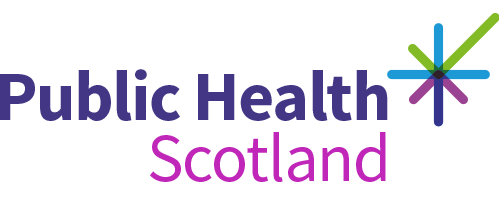Success for Scottish Government's tobacco strategy
First published on 31 August 2017
Media release
The Scottish Government’s tobacco control strategy has had a positive impact over the past five years, the results of a review by NHS Health Scotland and the University of Edinburgh show.
The downward trend in smoking prevalence follows the implementation of ‘Creating a Tobacco-Free generation: A Tobacco Control Strategy for Scotland’ (2013). The review also cautions that smoking continues to be a bigger problem in more deprived areas and that more needs to be done to reduce inequalities in smoking, as well as reducing smoking overall.
The authors concluded that actions outlined in the strategy have been implemented across all three areas of tobacco policy preventing people from starting to smoke, protecting people from second-hand smoke, and helping people to stop smoking. In particular
- Tobacco products in supermarkets and shops have been put out of sight and there is an associated reduction in cigarette brand awareness among young people.
- There has been a substantial decrease in the proportion of children exposed to second-hand smoke in the home (down from 11% to 6%).
- The ‘Take it Right Outside’ campaign was successful in raising awareness of the harms of smoking.
- Smoke-free NHS grounds policies have been introduced.
- There has been a small increase in the number of pregnant women stopping smoking using tailored NHS stop smoking services.
At the time the strategy was published Scotland had come a long way in shifting cultural attitudes to smoking, and adult smoking prevalence was falling. Yet smoking was still the single most preventable cause of ill health and premature death in Scotland, with around 10,000 deaths and 128,000 hospital admissions every year. Smoking rates in Scotland’s most deprived communities remained disproportionately high, contributing to Scotland’s health inequalities problem.
Dr Garth Reid, Principal Public Health Adviser at NHS Health Scotland said
“The evidence shows the positive impact of tobacco policy, ranging from the display ban which put tobacco out of sight in small shops and supermarkets to the introduction on smoke free NHS grounds. “Yet, levels of smoking are still highest in Scotland’s most deprived areas, with thirty five percent of people living in the most deprived areas smoking compared to ten percent in the most affluent areas. “It is clear that further action to reduce inequalities in smoking is necessary if the aim of making Scotland tobacco-free by 2034 is to be achieved.”
Dr John McAteer, Senior Research Fellow at University of Edinburgh said
“One of the aims of the 2013 tobacco control strategy was to reduce second hand smoke exposure among children by 2020. The most recent Scottish Health Survey shows that second hand smoke exposure fell from 11% to 6% between 2014 and 2015. This equates to 50,000 children having been protected from the harms of daily second-hand smoke exposure at home. “Scotland has some of the most progressive tobacco control policies in the world, and Scottish smoking rates have fallen from 31% in 2003 to 21% in 2015.”
You can find the review of the strategy and the strategy itself on our prevention and protection page.
For any enquiries please contact the Communications and Engagement team on 07500 854574 or email nhs.HealthScotland-Communications@nhs.net.
